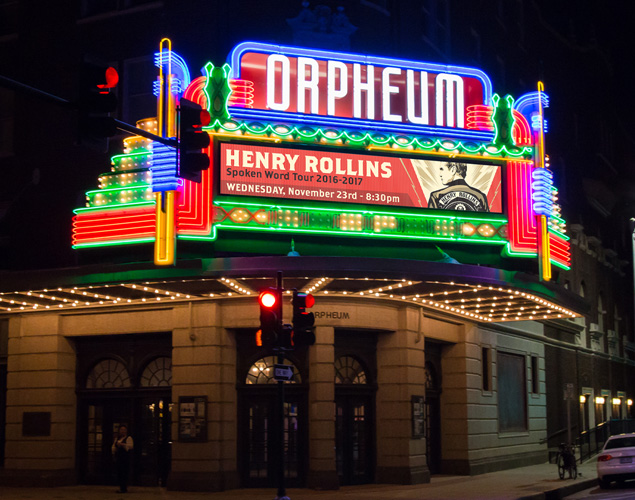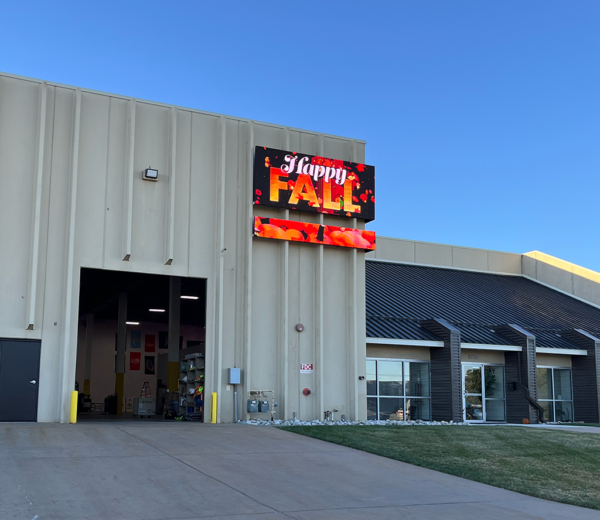Multi-purpose venues like arenas and event centers host a diverse range of events, from sports games and concerts to conventions and trade shows. The key to accommodating such varied needs lies in versatility—and LED scoreboards have risen to the challenge by offering unmatched functionality and flexibility. Here’s how LED scoreboards adapt to different events, maximizing their value and utility in multi-purpose spaces.

Advanced Features for Enhanced Functionality
Flexibility for Different Event Types
Modern LED scoreboards are engineered for adaptability, ensuring they meet the demands of diverse events. With features like customizable layouts, multi-format content support, and interactive capabilities, these displays transition seamlessly between sports, entertainment, and business applications.
Operational Efficiency and Management
By integrating with event management systems, LED scoreboards streamline operations and enhance efficiency. Centralized control systems ensure real-time updates and consistent content delivery, creating a seamless experience for organizers and attendees alike. For venues aiming to maximize their impact, investing in versatile LED scoreboards is a strategic decision with long-term benefits.
Versatile Design for Diverse Events
Customizable Display Layout
One of the standout features of LED scoreboards is their ability to adapt layouts to suit specific event needs. From game scores and player stats at sports events to schedules and promotional messages at conventions, these scoreboards offer flexibility to display a wide variety of content, enhancing functionality for every scenario.
Multi-Format Content Support
LED scoreboards support multiple content formats, including video, graphics, text, and live feeds. For example:
- Sports Events: Live stats, instant replays, and team profiles.
- Concerts: Stage graphics, lyrics, and live camera feeds.
- Conventions: Event schedules, speaker details, and sponsor promotions.
This ability to seamlessly transition between formats makes them invaluable for multi-purpose venues.
High-Resolution Displays
High-resolution LED displays ensure crisp and detailed visuals, whether showing a close-up sports replay or intricate concert graphics. Their advanced technology delivers sharp, vibrant images that are easily visible from various angles and distances, creating an optimal viewing experience for attendees.
Dynamic and Interactive Capabilities
Modern LED scoreboards go beyond static visuals by incorporating dynamic and interactive features. From live social media feeds to audience polls and real-time updates, these scoreboards boost audience engagement and transform events into immersive experiences.
Integration with Event Management Systems
Integration with event management systems allows LED scoreboards to synchronize content and operations. For example:
- During sports events, they automatically update game stats and scores.
- At conventions, they can display schedule changes or announcements in real time.
This integration ensures operational efficiency and consistent communication across all event types.
Applications in Multi-Purpose Venues
Sports Events
In sports arenas, LED scoreboards display live scores, team stats, and replays, ensuring fans stay informed and engaged. The ability to switch between different sports formats makes them ideal for hosting a variety of events, from basketball and hockey to soccer and beyond.
Concerts and Entertainment
For concerts, LED scoreboards serve as vibrant visual displays, projecting live feeds, artist profiles, and synchronized graphics. Some even integrate with lighting and sound systems, creating a cohesive and immersive show experience.
Conventions and Trade Shows
At conventions and trade shows, LED scoreboards act as information hubs, displaying schedules, speaker bios, and sponsor messages. Their real-time update capabilities ensure attendees stay informed and engaged throughout the event.
In sports venues, LED scoreboards are primarily used to display scores, stats, and live replays. They can be configured to show team rosters, game time, and even fan messages. The ability to quickly switch between different display modes ensures that the scoreboard can accommodate various sports and formats, whether it’s basketball, hockey, or soccer.
Streamlined Operations for Multi-Purpose Use
Centralized Control
Many LED scoreboards feature centralized control systems, allowing venue staff to manage multiple displays from a single location. This simplifies operations and ensures consistency across different screens and event areas.
User-Friendly Interfaces
Modern LED scoreboards are equipped with intuitive interfaces and software, enabling quick content updates and troubleshooting. This ease of use minimizes training time and ensures smooth operations during events.

Why Invest in LED Scoreboards for Multi-Purpose Venues?
LED scoreboards offer unparalleled versatility, making them a valuable asset for multi-purpose venues. Key benefits include:- Flexibility: Adaptable layouts and multi-format support for diverse event needs.
- Engagement: Dynamic and interactive features that captivate audiences.
- Efficiency: Centralized control and integration with event systems streamline operations.
- Longevity: Durable, high-resolution displays designed for long-term use.



